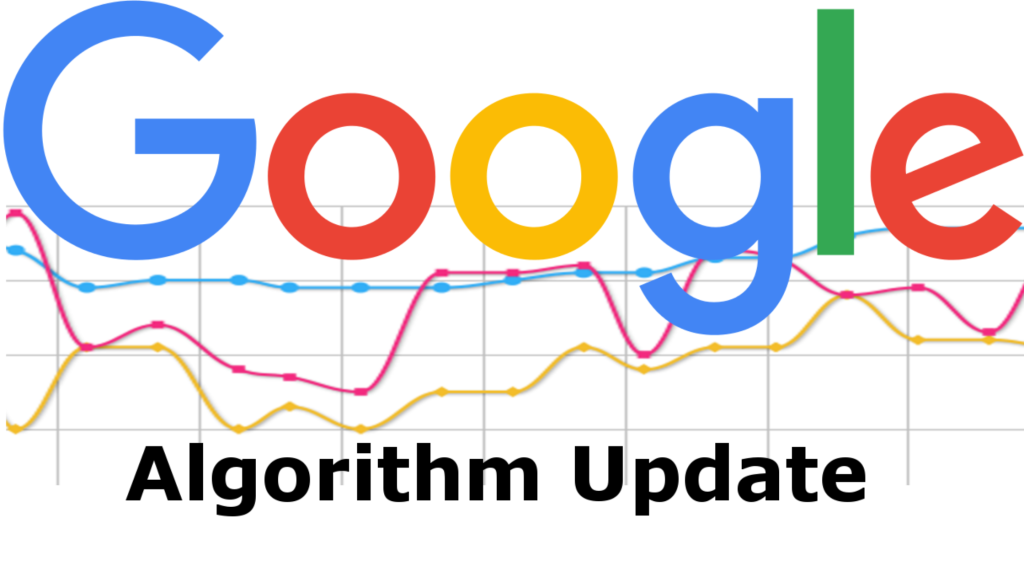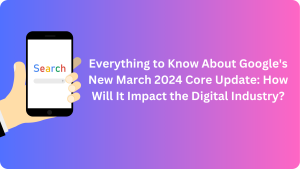Is it the Google you are creating content for? If yes, then there is something important to know about. As a search engine, Google doesn’t want your content for itself but for its visitors.
The people looking for the answers to their questions are essential, not Google. So, the practice of creating content optimized for the search engine and bot the audience becomes a problem for Google. To deal with this problem, Google has launched the new Google helpful content algorithm update.
The core purpose of this content algorithm update is to shift the focus of content creators from the search engine to those looking for the answers to their questions.
So, let’s understand what this Google helpful content algorithm is and how it wants you to create content.
What is the Google helpful content algorithm update?
In 2022, Google pushed many updates to make their ranking more accurate. The fifth update pushed in 2022 by Google was the Google helpful content algorithm update. The implementation of the update started on 25 August 2022.
Now, what is this update about? From its name, it is clear that Google is concerned about content that isn’t helpful at all and just published online to make its top place in Google’s SERPs. So, to tackle it, Google now uses this machine learning model to determine the optimized content for Google but does not contribute to the questions of common people.
The reason why it is a concern is people’s search experience. If Google keeps ranking the content based on the current factors, it will end up with users having to click and go through multiple websites to get the answers to their questions.
So, on the one hand, where Google is trying to answer people’s questions most efficiently with featured snippets and other ways, this “content for Google” thing is quite interrupting for the actual users.
Why is it important to know about this Google algorithm update?
Google’s helpful content algorithm update is essential to know about as it can affect your online presence if your website gets into its list of targeted websites. To simply understand it, you must first know how your content can’t be helpful. It is unhelpful content if your content is optimized with some keywords but doesn’t answer the questions with those keywords.
So, if you have a plethora of content published online and a significant amount of your content is unhelpful, your other content will also be affected. This is the reason why you should know about this update.
If you find such a problem with your content that it ranks, but the click-through rate is high, it is a sign of unhelpful content. Moreover, you should do a content audit to eliminate or optimize the unhelpful content. But how do you accurately identify if your content is helpful? The better question is how to write helpful content. Here’s how.
How do you write helpful content?
Let’s understand how to identify and write helpful content that can pass this new Google update. We will learn this with the help of the documentation published by Google on its Search Central platform.
Step 1 – Evaluate your content
According to Google, the first thing to do is evaluate your existing content. Google has published some questions that, if you ask yourself with respect to your content, you’ll be able to learn a lot about your content and its quality.
Here are the questions to ask yourself to determine the quality of your content:
- Does the content provide original information, reporting, research, or analysis?
- Does the content provide a substantial, complete, or comprehensive description of the topic?
- Does the content provide insightful analysis or interesting information beyond the obvious?
- If the content draws on other sources, does it avoid copying or rewriting those sources and provide substantial additional value and originality instead?
- Does the main heading or page title provide a descriptive, helpful content summary?
- Does the main heading or page title avoid exaggerating or being shocking in nature?
- Is this the page you’d want to bookmark, share with a friend, or recommend?
- Would you expect to see this content in or referenced by a printed magazine, encyclopedia, or book?
- Does the content provide substantial value when compared to other pages in search results?
- Does the content have any spelling or stylistic issues?
- Is the content produced well, or does it appear sloppy or hastily produced?
- Is the content mass-produced by or outsourced to many creators or spread across a large network of sites so that individual pages or sites don’t get as much attention or care?
In addition, here are some other questions that Google says are Expertise Questions:
- Does the content present information in a way that makes you want to trust it, such as clear sourcing, evidence of the expertise involved, and background about the author or the site that publishes it, such as through links to an author page or a site’s About page?
- If someone researched the site producing the content, would they come away with the impression that it is well-trusted or widely recognized as an authority on its topic?
- Is this content written or reviewed by an expert or enthusiast who demonstrably knows the topic well?
- Does the content have any easily verified factual errors?
Step 2 – Create Content for People, not Google
The second step is to create content based on these four things.
- Firstly, you should know that you only create content within your range. Don’t go out of your way, as it will lead to creating unnecessary content that can be inaccurate.
- Next, you should know the intent of the question you are answering. Don’t provide an answer based only on the question; what could be the intent is necessary as well. Don’t try to publish content that is not valuable for the user to know about the question he/she asked.
- The third thing is to create content using all your expertise. As you have already ignored creating content from your knowledge base, you should now try to put your knowledge in the best and simplest way possible. Share your knowledge about your industry and target the questions you think are among your target audience’s queries.
- Lastly, focus on making your content unique. It may look like a task, but when the information you share is from your experiences, it will not be hard for you to do so.
Step 3 – Focus on EEAT
EEAT, or Experience, Expertise, Authoritativeness, and Trustworthiness, isn’t a particular factor that affects the ranking of the content. But when it comes to niches like health, fitness, financial stability, and many more, even Google prefers looking at the EEAT of the content. To keep your content EEAT friendly, you should keep the answer to who, how, and why simple. But what is this?
- Who Created the content?
The users should be aware of who created the content.
- How was the content created?
It is about keeping the sources with which the content was created clear. It increases the authoritativeness and trustworthiness of the content.
- Why was the content created?
Evaluating the content with this question will help you understand the need for the content. Hence, the created content will be focused on answering people, not Google. So, it will increase the users’ experience.
Wrapping Up
With these things in mind, you can keep up with Google’s Content algorithm updates. This update will affect all the content types, so you should do a content audit for all your online content.
Moreover, an SEO company in Delhi or anywhere else can help you to do the content audit according to the new Google algorithm update. Also, to ensure that your upcoming content proves this update, you should outsource your content from a content writing agency.







